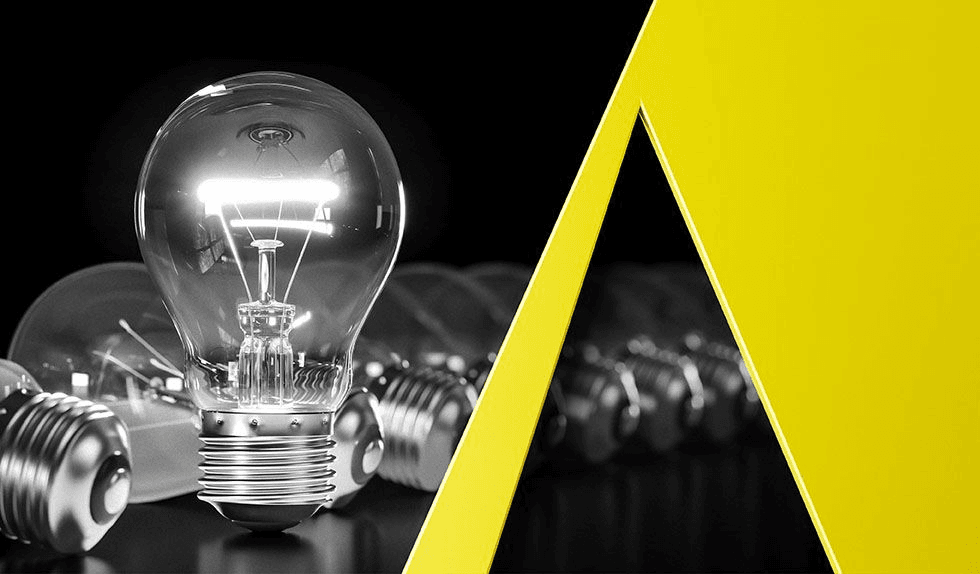The Federal Circuit recently affirmed a Rule 12(b)(6) dismissal of patent claims directed to changing the position of components in an image to create the appearance of movement, i.e., animation. The court agreed that the claims are patent ineligible under 35 U.S.C. § 101 because they perform digital animation, an abstract idea, without including any technological improvement to computer functionality.
Plotagraph, Inc. v. Lightricks, Ltd., No. 2023-1048 (Fed. Cir. Jan. 22, 2024) (nonprecedential).
Plotagraph sued Lightricks in the Southern District of Texas for allegedly infringing five patents, including U.S. Patent No. 11,182,641. The patents are directed to technology allowing a user to select a set of pixels within a photo or video file and then shift them to simulate motion. The independent claims of the patents all generally recite: “(1) a preamble identifying a computer system, computer program product, method, or computer-readable media, for automating the shifting of pixels; (2) a series of preparatory steps or features initiated by a user; and (3) a final pixel-shifting step.” The court deemed claim 12 of the ’641 patent to be representative, which recites the steps of:
receiving a first indication of a first starting point through a user interface, wherein the first starting point is received through a user selection of a first portion of a first image frame;
receiving, through the user interface, a first direction associated with the first starting point;
creating a first digital link extending in the first direction from the first starting point;
selecting a first set of pixels that are along the first digital link and extend in the first direction away from the first starting point; and
shifting the first set of pixels, in the first image frame, in the first direction.
The court analyzed eligibility using the Supreme Court’s two-step Alice framework. In step one, a court determines whether the claims are “directed to a patent-ineligible concept,” such as an abstract idea. Alice Corp. v. CLS Bank Int’l, 573 U.S. 208, 217 (2014). If they are, the court proceeds to step two—the search for an “inventive concept”—and considers “the elements of each claim both individually and ‘as an ordered combination’ to determine whether the additional elements ‘transform the nature of the claim’ into a patent-eligible application.” Id. (citing Mayo Collaborative Servs. v. Prometheus Lab’ys, Inc., 566 U.S. 66, 78-79 (2012)).
1. Alice Step One
Addressing Alice step one, the Federal Circuit considered the claims as a whole and in the context of the specification and determined that they are directed to the abstract idea of changing the position of components in an image to create the appearance of movement, i.e., animation. The court found that performing animation in the realm of computers, i.e., digital animation, where the components that are moved are pixels, does not render the claims any less abstract. There was no dispute that the claimed pixel-shifting is performed using a generic computer, and the court found that “the computer simply performs more efficiently what could otherwise be accomplished manually.”
The court distinguished the claims here from claims found eligible in Enfish LLC v. Microsoft Corp., 822 F.3d 1327 (Fed. Cir. 2016) and Research Corp. Technologies v. Microsoft Corp., 627 F.3d 859 (Fed. Cir. 2010). In Enfish, the claims were not abstract because they improved the way a computer stores and retrieves data in memory by reciting a “self-referential table” for a computer database. In Research Corp., the claimed processes provided the technological advance of producing “higher quality halftone images while using less processor power and memory space.” The court also distinguished the patent eligible claims in McRO, Inc. v. Bandai Namco Games America, 837 F.3d 1299 (Fed. Cir. 2016), because the McRO claims incorporated “an in-depth, extensive set of rules that enabled computers to automate phenomes in 3-D animation, eliminating the previous need for human-intermediated judgment and steps.”
2. Alice Step Two
Addressing Alice step two, the Federal Circuit considered four features that the patent owner alleged supplies an inventive concept, including (1) “the use of paths or digital links and starting and ending points to provide directions for automatic shifting”; (2) “non-linear paths”; (3) “masks which prevent shifting” and (4) “edges/anchor points for creation of masks.” The court found that none of these features provides an inventive concept because each feature appears to be “inherent in nonautomated computer animation” and is “a parameter defined by a user through conventional user-interface tools ‘specified at a high level of generality’” (quoting Alice). The patent owner’s complaint contended that “[t]hese features were not previously used with image editing, were not generic computer software or hardware, and were not well-understood, routine, or conventional at the time of invention.” The Federal Circuit stated, however, that “such conclusory statements may be disregarded when evaluating a complaint under [a] Rule 12(b)(6) if the complaint and record do not support that conclusion.”
Practice Tip: Because claims are analyzed as a whole and in context of the specification, patent owners should focus the claims on technological improvements to computer functionality and describe those technological improvements in the specification, including their benefits over the prior art. Patent owners should avoid merely claiming the use of a generic computer to perform a manual task, described at a high level of generality. Patent owners should also provide support in the complaint for the inventive concept, not merely conclusory statements, to avoid a dismissal on a Rule 12(b)(6) motion.


